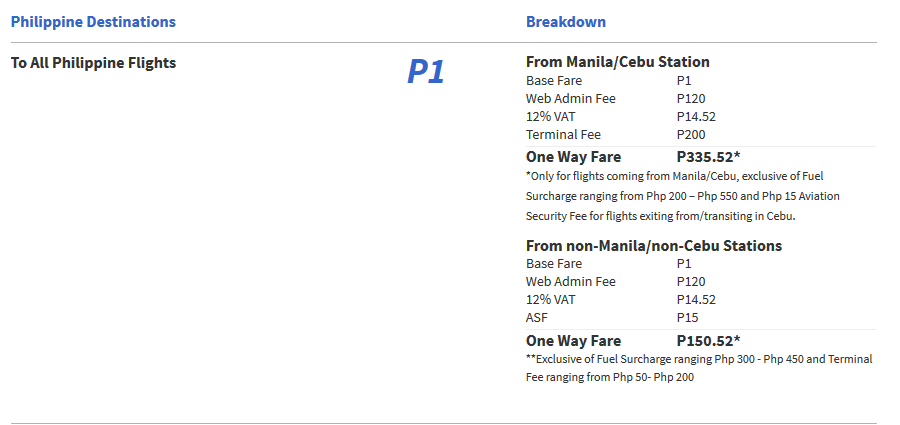Within this past decade we've witnessed a revolution when it comes to air travel in the Philippines. Spearheaded by Cebu Pacific's expansion and transformation to a low-cost carrier (LCC) model similar to AirAsia and Ryanair, we've seen more competition and more affordable fares to destinations within the Philippines and across the region. Air travel became accessible to more Pilipinos whom for years prior have been locked out due to the pricing and the monopoly that Philippine Airlines held until the 1990s. According to Airports Council International, Ninoy Aquino International Airport served just shy of 13 million passengers in 2003; fast forward to 2012 and that number has more than doubled to almost 32 million!
And just as the skies became more accessible for more Pilipinos, it also means we balikbayans are able to see more of what the Philippines and the rest of Asia has to offer while we’re back! Thanks to Cebu Pacific and other LCCs that have proliferated across Asia, I’ve been able to visit almost all ASEAN nations (Brunei and Laos being my holdouts) without destroying my George Costanza wallet. When timed correctly, I’ve been able to pay around $100 roundtrip for tickets to Ho Chi Minh City, Singapore, and Hong Kong. Sounds pretty neat considering at best I could get at home with that same hundred bucks is just a hop to Vegas! And I've seen folks bagged cheaper ones! With the eventual ASEAN open skies and bilateral agreements with nations like Japan opening up more flights, the possibilities grow even further!
To make the most of what these LCCs have to offer, you really have to plan ahead: whenever Cebu Pacific has its legendary Piso fares, they’re usually for travel dates that are months in advance. And while the base fare may be just a Piso or two, additional costs such as a “web admin fee”, fuel surcharges, airport fees (for certain flights), and taxes aren’t incorporated but even then it still works out as a great deal.
For example, Cebu Pacific's P1 is to Juan sale has special fares such as a 1 Piso base fare combined the taxes and fees as well as extras like a seat assignment and a twenty kilogram (forty four pounds) prepaid luggage allowance ends up being about fifty US dollars. Not bad! However be warned: making changes to itineraries may end up being more expensive than the fare you originally paid for; the key is to have generous amounts of flexibility if you want to make this worthwhile!
As for the fare sales themselves, it can be a challenge trying to catch them considering the time difference between here and the Philippines. You can sign up for the mailing lists that airlines may offer which will alert you of any upcoming sales. Alternatively, liking the Facebook pages of these LCCs should help in keeping your eyes peeled for any upcoming sales while you get your social networking fix (as well as exposing yourself to Cebu Pacific's corny puns...I still have "You say Dubai, I say hello" still stuck in my head.)
Patience is also a virtue as the websites of these airlines might load at a snail's pace due to the influx of bargain hunters taking advantage of these sales. And speaking of websites, note that LCCs don't typically list their fares in major travel engines such as Orbitz or Expedia so you'll have to lurk between each airline's own pages to do more price shopping.
I'm sure a part of you is asking: how do these airlines profit from these fares? In essence, they don't. Revenue management at LCCs set aside only a certain amount of seats that are available for promo fares while balancing the inventory for the more expensive but widely available "year-round fares." However throwing in the possibility of ancillary fees (seat assignment, checked bags, insurance, etc.), the aforementioned change fee, the occasional no-show traveler, etc. the airline closes in on the break-even gap on those seats dedicated for promo fares.
There's so much to see both within the Philippines and in neighboring countries. The next time you make that long-haul trek to visit family, do take time to see what else the region has to offer! Thankfully the rise of these LCCs have made it even more possible!
Photo Credit: Cebu Pacific


